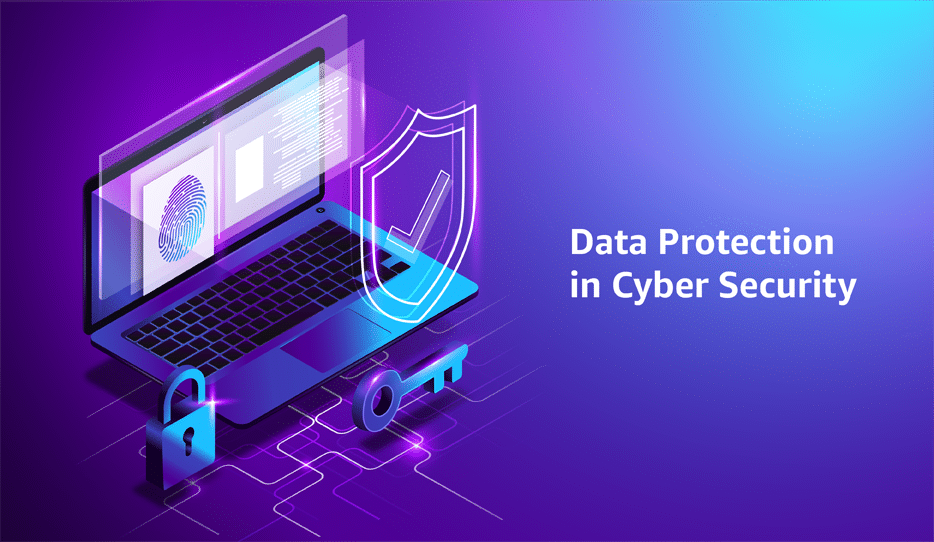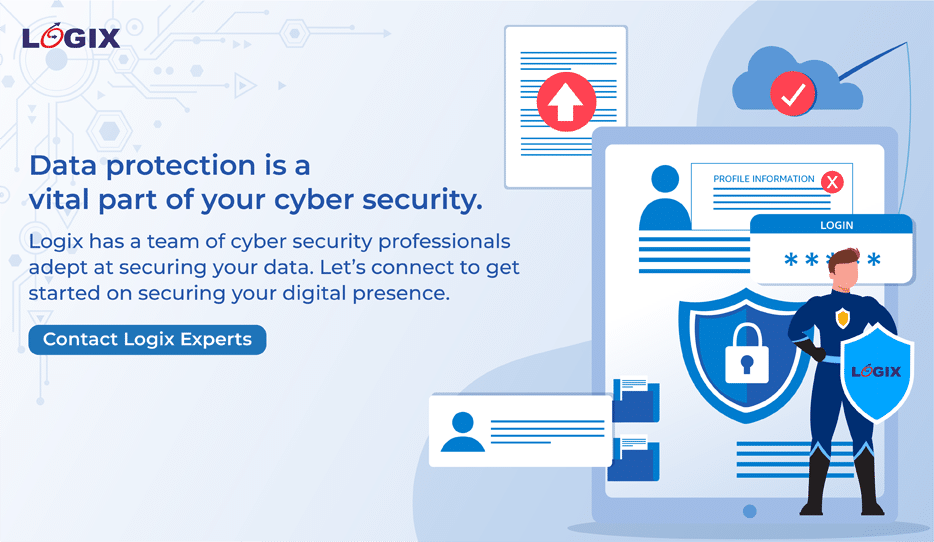
While several things about cyber security revolve around managing the intangible aspects of your business such as employee awareness and protocols, data is one of the most tangible aspects of cyber security. With your business churning out data containing PIIs, purchase history, and sensitive credentials, data has become equally as lucrative to hackers as money. This is why the 3 data protection components we discuss today have to be strong pillars of your cyber security architecture.
A brief on information security
Information security involves a critical set of practices that guarantee the integrity and security of information when it is being stored or retrieved and shared. Information security is best enforced when information is not made available to unauthorized users and is protected with additional layers of security to prevent it from leaking into the hands of threat actors.
Information security goes hand in hand with data protection and follows 3 main pillars, which we will discuss next.
Understanding the CIA Triad
The CIA triad is a data and information protection model that relies on three main components to ensure sensitive information is secured.
Confidentiality
This aspect of data protection talks about the importance of privileged access to data. Information should be accessible only by those who need it, and even then, only after proper authentication is furbished. This ensures cyber-attacks like social engineering or phishing don’t pose a threat to confidential information. For this, you will need to compartmentalize the data in terms of its sensitivity level and access requirements.
Read more about Common Cyber Attacks You Should Know.
Integrity
Data integrity makes sure that data is not tampered with in transit. Data can be corrupted while it is being stored or while it is being shared. Data integrity requires proper mechanisms to secure the flow and storage of data to and from your data servers and databases.
Availability
Data needs to be on high-availability servers and must also be present in redundant copies, ideally on the cloud. This ensures data remains available on demand to properly authenticated users. For this, your data computing systems need to be robust and resilient against downtimes and business interruptions owing to cyber incidents, hardware outages, or software failures.
